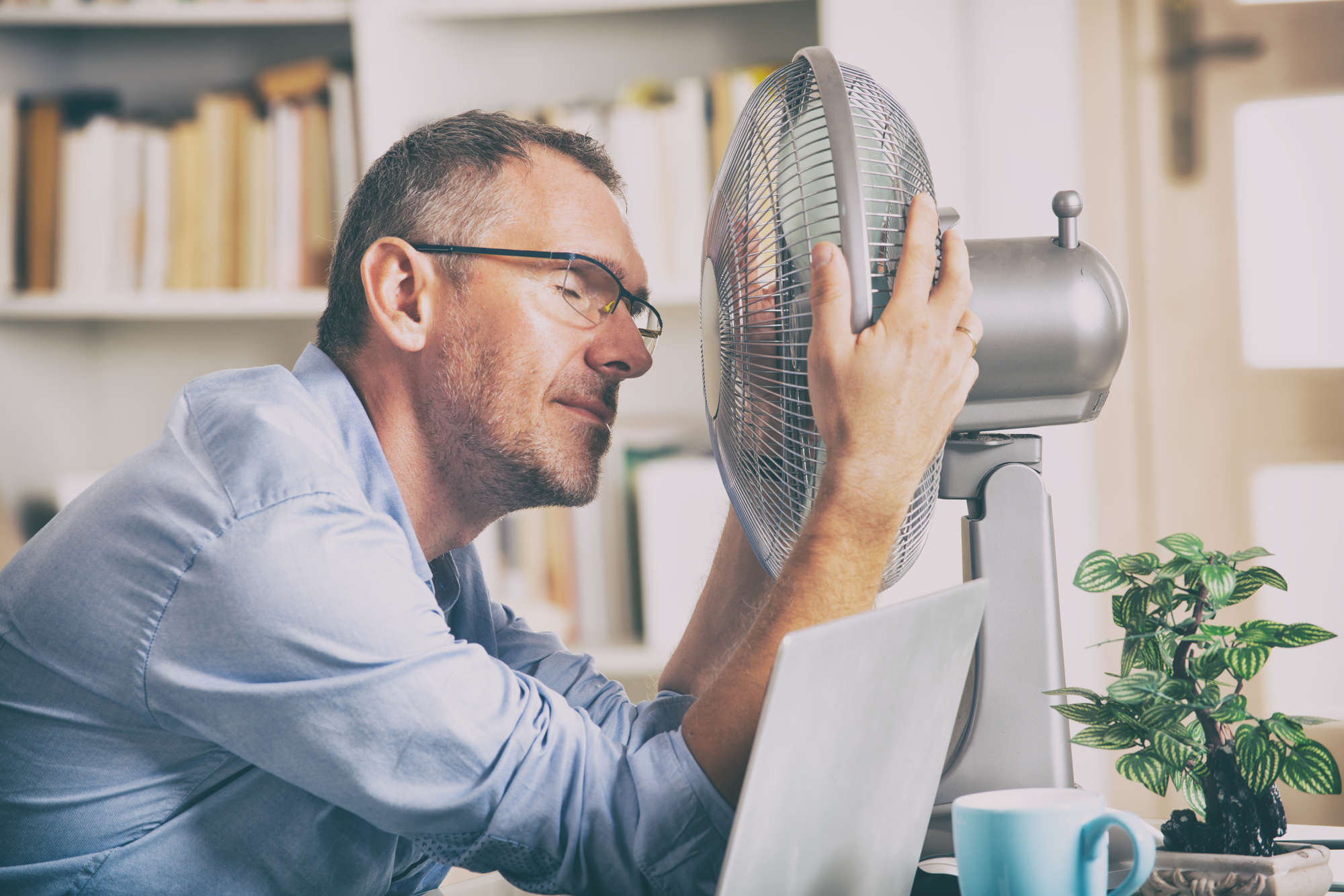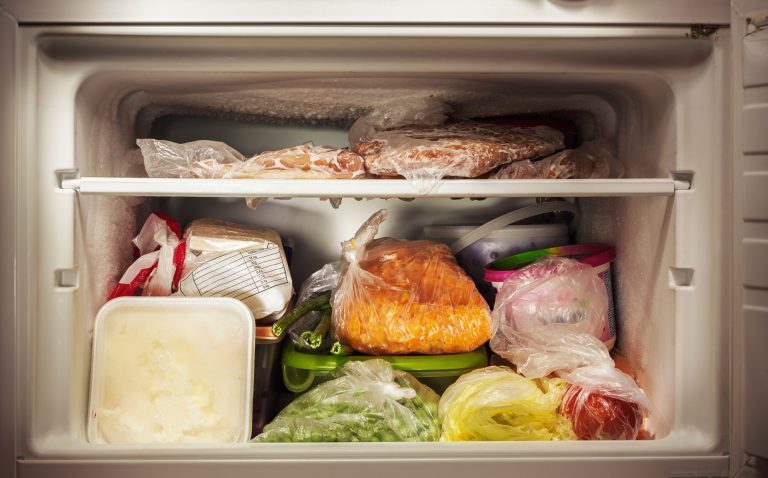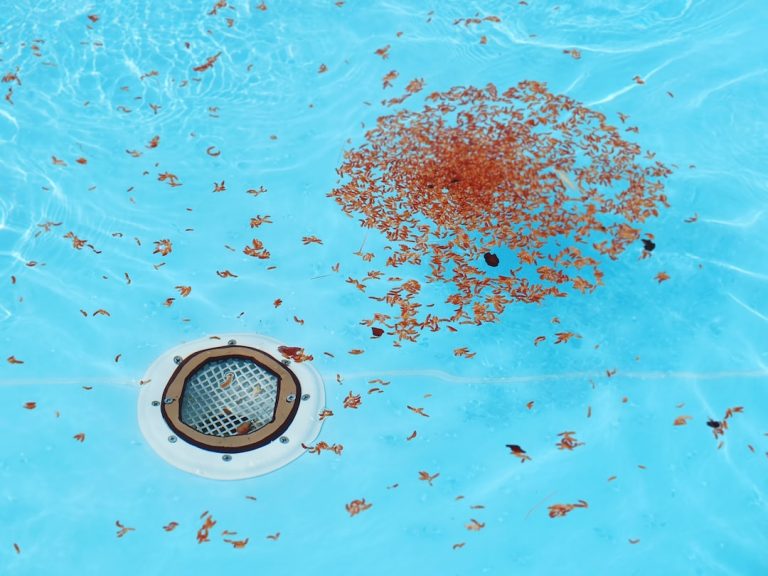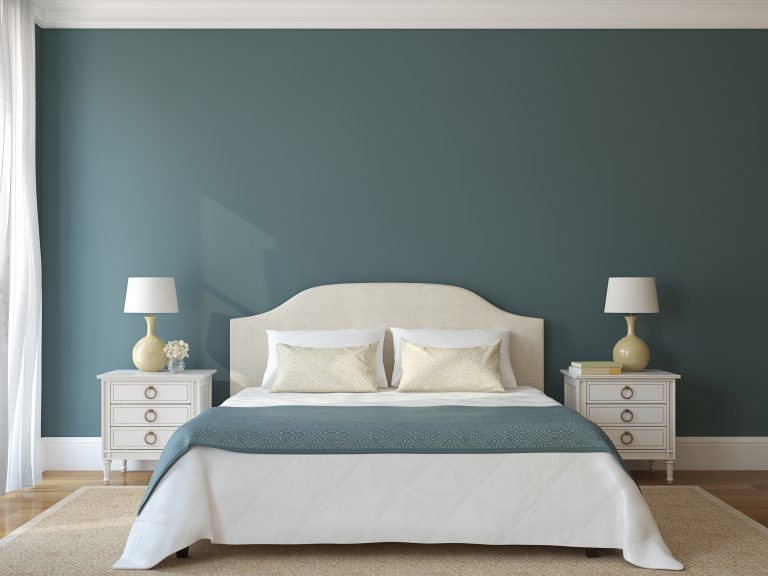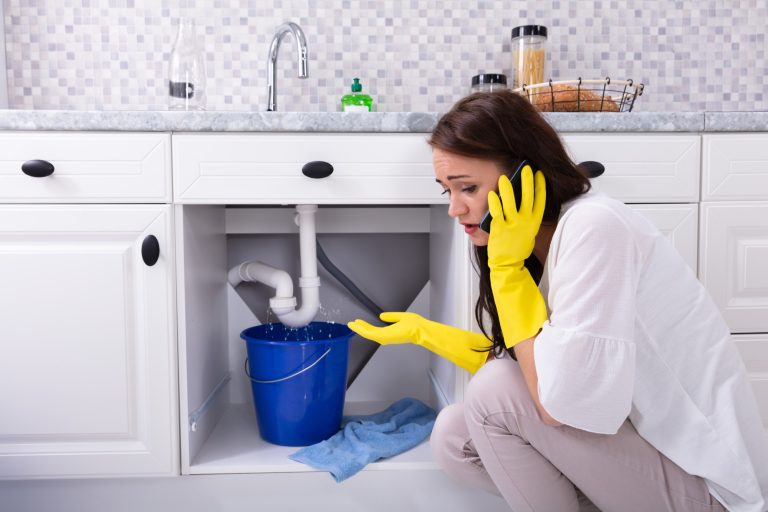What Should You Do if Your Home Has No Central AC?
In 2022, the United States recorded the third-warmest summer on record, with an average temperature of 73.9°F.
The hotter your home gets, the harder it is for your body to regulate its internal temperature. When that happens, you become more vulnerable to heat-related illness.
This is why it’s so important to have a working central AC system when summer rolls around. Without one, your home could reach dangerously high levels, putting your health at risk.
If a central AC system has given out on you, what then? Don’t have this problem by installing a quality air conditioner before temperatures rise. However, if you’re stuck without proper cooling options, we’re here to help.
Read on to find out what you can do if you have no central AC.
Make the Most of Window Units
Another viable option is utilizing window air conditioning units. These units are designed to fit into standard windows and offer cooling for individual rooms or small spaces.
It functions similarly to central AC systems, indoor cooling while expelling heat outside. They are typically more energy-efficient but they do need proper installation and sealing.
Embrace Portable Air Conditioners
When central AC is not an option, portable air conditioners, just like a mobile air conditioner can be an excellent alternative. These compact units are easy to install and can efficiently cool individual rooms.
Portable ACs work by extracting warm air from the room and blowing the cooled air back in. They come with a flexible exhaust hose that can be vented through a window. While they may not be as efficient as central air type of AC, they can still provide significant relief during hot summer days.
Enhance Natural Ventilation
If you don’t have access to any type of air conditioning, maximizing natural ventilation becomes crucial. Create cross breezes by opening windows and doors in different parts of your home.
Use window fans or box fans to help airflow and bring in cooler air during the evenings and early mornings. Additionally, consider installing attic fans or roof vents to release accumulated hot air from the upper levels of your home.
Implement Energy-Efficient Practices
To minimize the heat entering your home, ensure adequate insulation throughout your property. Well-insulated walls, ceilings, and floors can reduce the transfer of heat from the outdoors. Consider installing weatherstripping around doors and windows to prevent drafts and seal any gaps that might allow hot air to infiltrate your living space.
Furthermore, external shading can make a large difference in maintaining a cooler interior. Install window awnings, shades, or blinds to block direct sunlight during the hottest parts of the day.
Be Strategic if You Don’t Have Central AC
In conclusion, if you find yourself in a situation where you have no central AC, it’s best to start with easy DIY options such as fans, window treatments, and space heaters to keep your home cool. If these don’t help, you may need to invest in a portable air conditioning unit or have a contractor install a new system for you. Don’t hesitate to reach out to an HVAC professional to get the job done safely and efficiently.
If this article was helpful, don’t hesitate to check out the rest of our blog!
